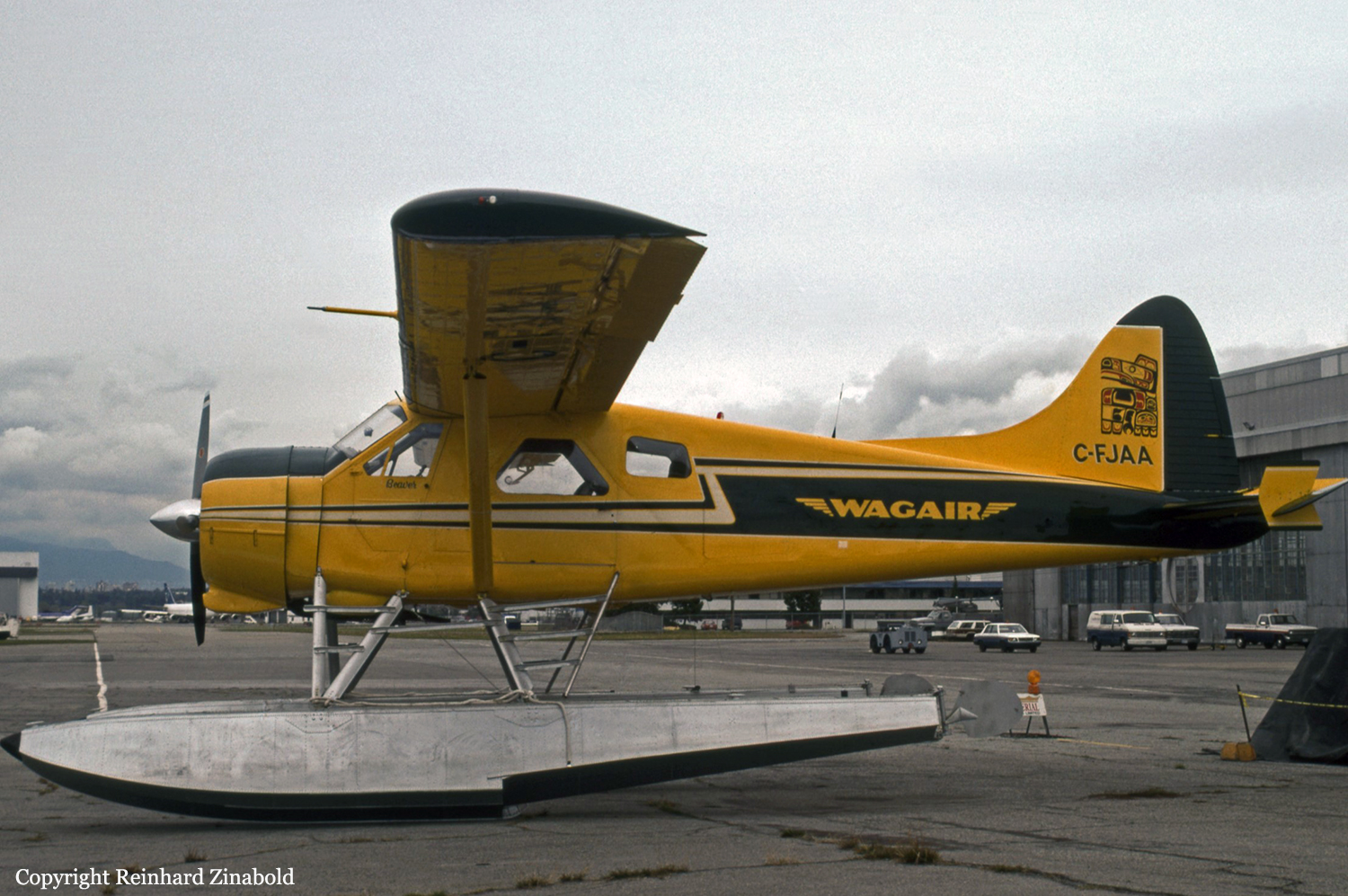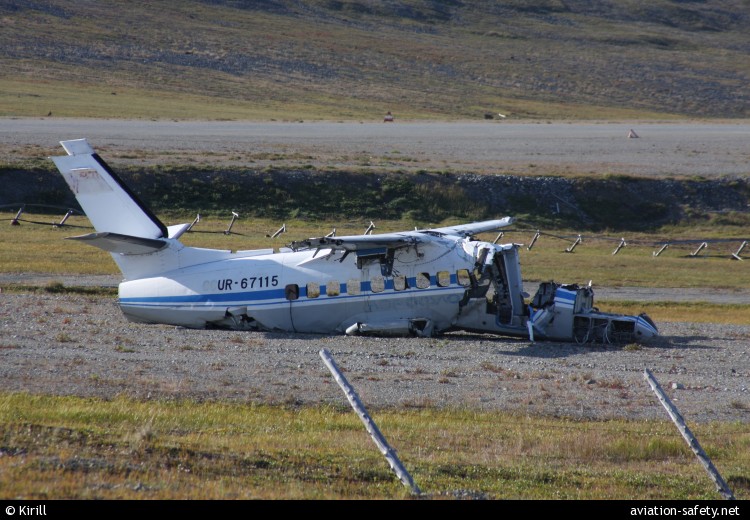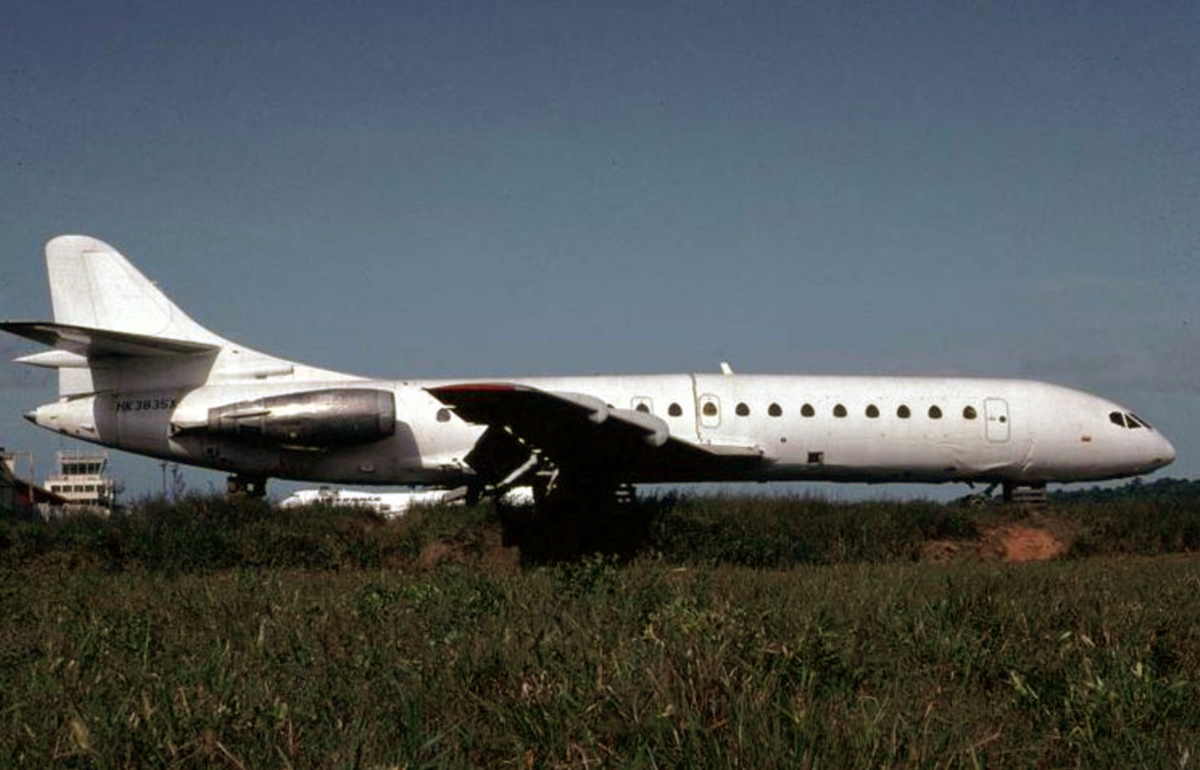Crash of a Piper PA-31-350 Navajo Chieftain off Hilo
Date & Time:
Apr 10, 1997 at 0706 LT
Registration:
N27659
Survivors:
Yes
Schedule:
Hilo - Hayward
MSN:
31-7852090
YOM:
1978
Crew on board:
2
Crew fatalities:
Pax on board:
0
Pax fatalities:
Other fatalities:
Total fatalities:
0
Captain / Total hours on type:
15.00
Aircraft flight hours:
5074
Circumstances:
The aircraft was being operated on a trans-Pacific ferry flight. A special flight permit authorized a gross weight increase and ferry fuel tanks had been installed along with long range communication and navigation radios. The pilot reported that when 85 miles from the departure airport, the right engine failed and he was unable to restart it. Power from the remaining engine was insufficient to maintain level flight at the overweight condition and the pilot permitted the aircraft to drift down until it was necessary to ditch in the ocean 28 miles offshore. The pilot had departed and returned to Hawaii twice previously. The first time he returned due to an oil leak on the left engine, and the second time because of a loose window. A mechanic who repaired the window reported that the left engine appeared to still be leaking oil. Both pilots told the FAA inspector that the oil leak had been repaired.
Probable cause:
The loss of engine power in one engine for undetermined reasons. A factor in the accident was the aircraft's diminished single engine performance during the early portion of the overweight ferry flight.
Final Report:







